Photo










Milestone Monday
On today’s date, August 29 in 1911, an indigenous man named Ishi, considered the last Native American to make contact with European Americans, emerged from the wilderness of northeastern California at the age of 50. He was the last known member of the Yahi people, a subgroup of the Yana, which had suffered genocide in the late 19th century. Before his emergence, Ishi had lived his entire life isolated from modern American culture. The name Ishi, which means “man” in the Yana language, was given to him by American anthropologist Alfred Kroeber. Ishi remained for the rest of his life at the University of California, Berkeley, where he was both employed and studied, before his death in 1916.
Kroeber’s wife and fellow anthropologist Theodora Kroeber published Ishi in Two Worlds, a popular account of Ishi’s life in 1961. This was followed in 1964 by Ishi: Last of His Tribe, shown here, Theodora Kroeber’s juvenile fiction version of Ishi’s life with illustrations by American designer and illustrator Ruth Robbins, and published in Berkeley, California by Parnassus Press, which was co-founded in 1957 by Robbins.
The photograph of Ishi shown here is a stock image lifted from the internet.
View other Milestone Monday posts.
138 notes
·
View notes
Photo










Coloured decorative designs by Claude Fayette Bragdon (1866-1946).
Images and text information courtesy NYPL Digital Collection.
35 notes
·
View notes
Link
0 notes
Text
0 notes
Photo


@ivy_boombastic - Cuando el reloj marca la una, las calaveras salen del asfalto (en Tláhuac) + info.
138 notes
·
View notes
Photo

The growth of the frog. La jeunesse. June 1934.
Internet Archive
631 notes
·
View notes
Photo





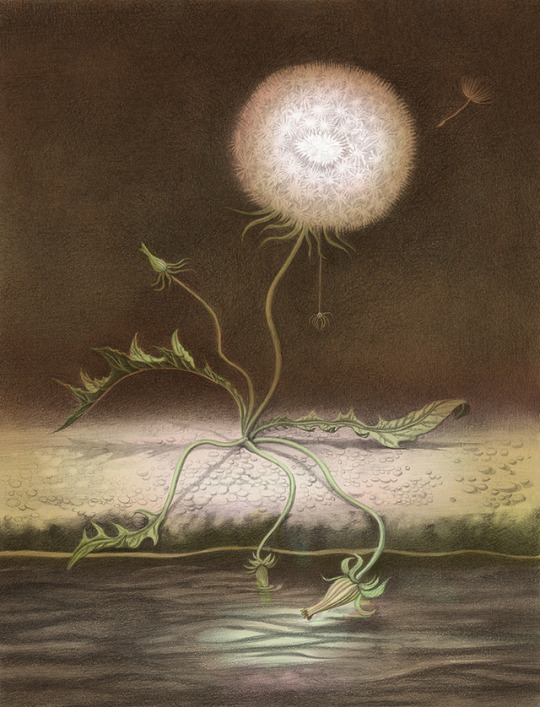


Illustrations by Armando Veve
Armando Veve (b. 1989) is an artist and illustrator working in Philadelphia. His drawings have been recognized by American Illustration, Communication Arts, Spectrum, and awarded two gold medals from the Society of Illustrators. He was named an ADC Young Gun by The One Club for Creativity and selected to the Forbes 2018 30 under 30 list.
Keep up with all your favorite artists on our Facebook page.
posted by Margaret from tu recepcja
874 notes
·
View notes
Photo







Street Artist: Insane 51
Insane51 is a Greek mural artist based in Athens. This double exposure 3D (600sqm) wall was created for POW WOW Worcester.
Our archive is the treasure chest. Just open it and you’ll see.
posted by Margaret from tu recepcja
886 notes
·
View notes
Text
Astrobiology
A brief summary on astrobiology. Astrobiology, formerly known as exobiology, is an interdisciplinary scientific field concerned with the origins, early evolution, distribution, and future of life in the universe. Astrobiology considers the question of whether extraterrestrial life exists, and if it does, how humans can detect it.

Astrobiology makes use of molecular biology, biophysics, biochemistry, chemistry, astronomy, physical cosmology, exoplanetology and geology to investigate the possibility of life on other worlds and help recognize biospheres that might be different from that on Earth.
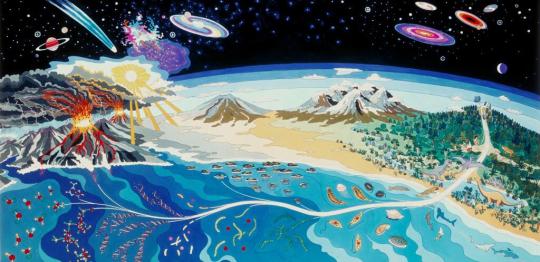
The origin and early evolution of life is an inseparable part of the discipline of astrobiology. Astrobiology concerns itself with interpretation of existing scientific data, and although speculation is entertained to give context, astrobiology concerns itself primarily with hypotheses that fit firmly into existing scientific theories.

This interdisciplinary field encompasses research on the origin of planetary systems, origins of organic compounds in space, rock-water-carbon interactions, abiogenesis on Earth, planetary habitability, research on biosignatures for life detection, and studies on the potential for life to adapt to challenges on Earth and in outer space

Some researchers suggested that these microscopic structures on the Martian ALH84001 meteorite could be fossilized bacteria.
Biochemistry may have begun shortly after the Big Bang, 13.8 billion years ago, during a habitable epoch when the Universe was only 10–17 million years old. According to the panspermia hypothesis, microscopic life—distributed by meteoroids, asteroids and other small Solar System bodies—may exist throughout the universe.

According to research published in August 2015, very large galaxies may be more favorable to the creation and development of habitable planets than such smaller galaxies as the Milky Way. Nonetheless, Earth is the only place in the universe humans know to harbor life.
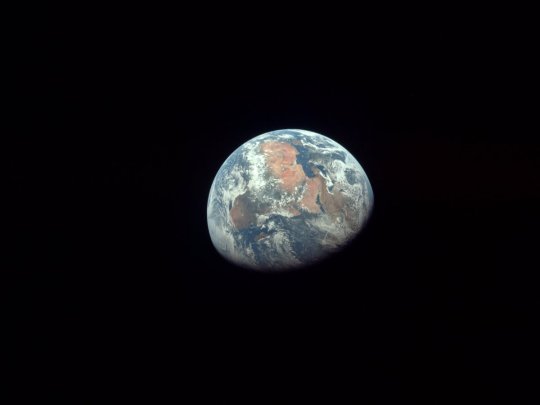
Estimates of habitable zones around other stars, sometimes referred to as “Goldilocks zones, along with the discovery of hundreds of extrasolar planets and new insights into extreme habitats here on Earth, suggest that there may be many more habitable places in the universe than considered possible until very recently.

When looking for life on other planets like Earth, some simplifying assumptions are useful to reduce the size of the task of the astrobiologist. One is the informed assumption that the vast majority of life forms in our galaxy are based on carbon chemistries, as are all life forms on Earth. Carbon is well known for the unusually wide variety of molecules that can be formed around it. Carbon is the fourth most abundant element in the universe and the energy required to make or break a bond is at just the appropriate level for building molecules which are not only stable, but also reactive. The fact that carbon atoms bond readily to other carbon atoms allows for the building of extremely long and complex molecules.

The presence of liquid water is an assumed requirement, as it is a common molecule and provides an excellent environment for the formation of complicated carbon-based molecules that could eventually lead to the emergence of life. Some researchers posit environments of water-ammonia mixtures as possible solvents for hypothetical types of biochemistry. The kinds of living organisms currently known on Earth all use carbon compounds for basic structural and metabolic functions, water as a solvent, and DNA or RNA to define and control their form. However, If life exists on other planets or moons, it may be chemically similar; it is also possible that there are organisms with quite different chemistries—for instance, involving other classes of carbon compounds, compounds of another element, or another solvent in place of water.

False-color Cassini radar mosaic of Titan’s north polar region; the blue areas are lakes of liquid hydrocarbons. "The existence of lakes of liquid hydrocarbons on Titan opens up the possibility for solvents and energy sources that are alternatives to those in our biosphere and that might support novel life forms altogether different from those on Earth."—NASA Astrobiology Roadmap 2008.
A third assumption is to focus on planets orbiting Sun-like stars for increased probabilities of planetary habitability. Very large stars have relatively short lifetimes, meaning that life might not have time to emerge on planets orbiting them. Very small stars provide so little heat and warmth that only planets in very close orbits around them would not be frozen solid, and in such close orbits these planets would be tidally "locked” to the star.
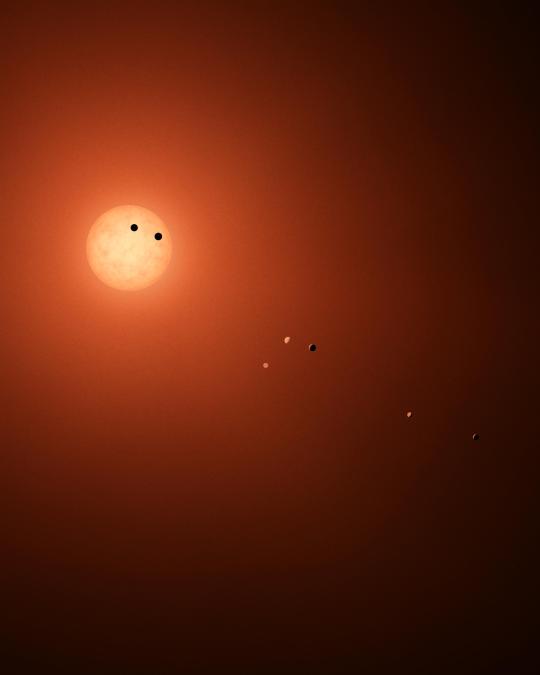
The long lifetimes of red dwarfs could allow the development of habitable environments on planets with thick atmospheres. This is significant, as red dwarfs are extremely common.
Life in the Solar System
Thought on where in the Solar System life might occur, was limited historically by the understanding that life relies ultimately on light and warmth from the Sun and, therefore, is restricted to the surfaces of planets. The three most likely candidates for life in the Solar System are the planet Mars, the Jovian moon Europa, and Saturn’s moons Titan, and Enceladus.
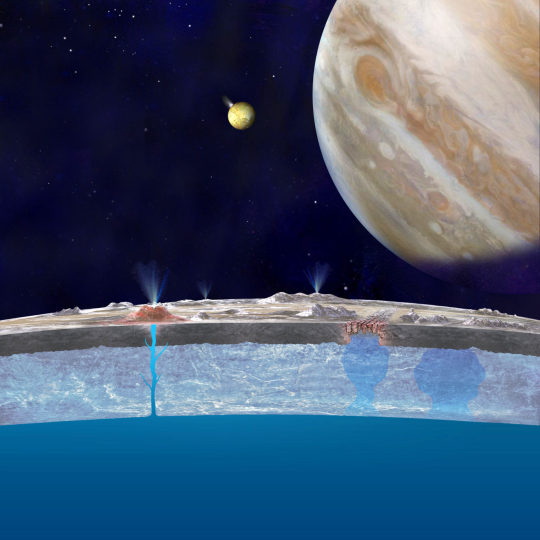

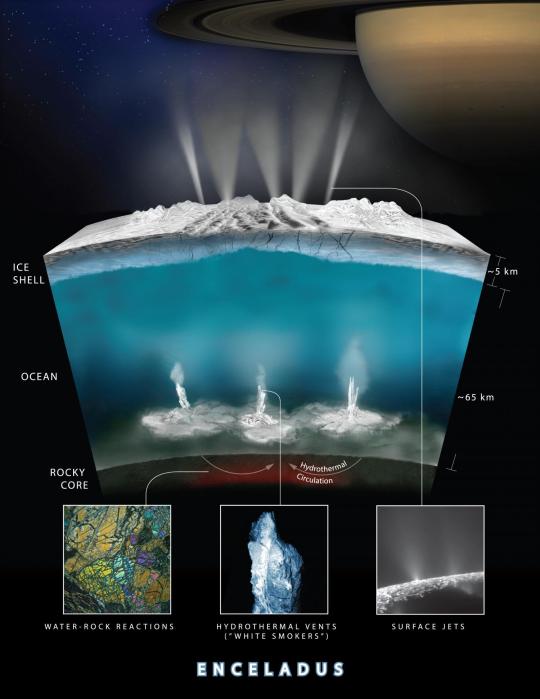
Another planetary body that could potentially sustain extraterrestrial life is Saturn’s largest moon, Titan. Titan has been described as having conditions similar to those of early Earth. On its surface, scientists have discovered the first liquid lakes outside Earth, but these lakes seem to be composed of ethane and/or methane, not water. Some scientists think it possible that these liquid hydrocarbons might take the place of water in living cells different from those on Earth.
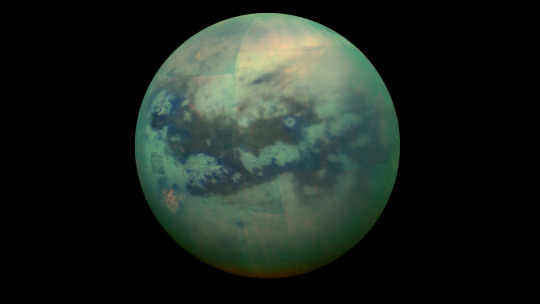

Rare Earth hypothesis
The Rare Earth hypothesis postulates that multicellular life forms found on Earth may actually be more of a rarity than scientists assume. It provides a possible answer to the Fermi paradox which suggests, “If extraterrestrial aliens are common, why aren’t they obvious?” It is apparently in opposition to the principle of mediocrity, assumed by famed astronomers Frank Drake, Carl Sagan, and others.

The Principle of Mediocrity suggests that life on Earth is not exceptional, and it is more than likely to be found on innumerable other worlds. read more
2K notes
·
View notes
Photo

The statue of the mythological “crab man”, Lang Ñam in the Peruvian city of Chiclayo.
4K notes
·
View notes
